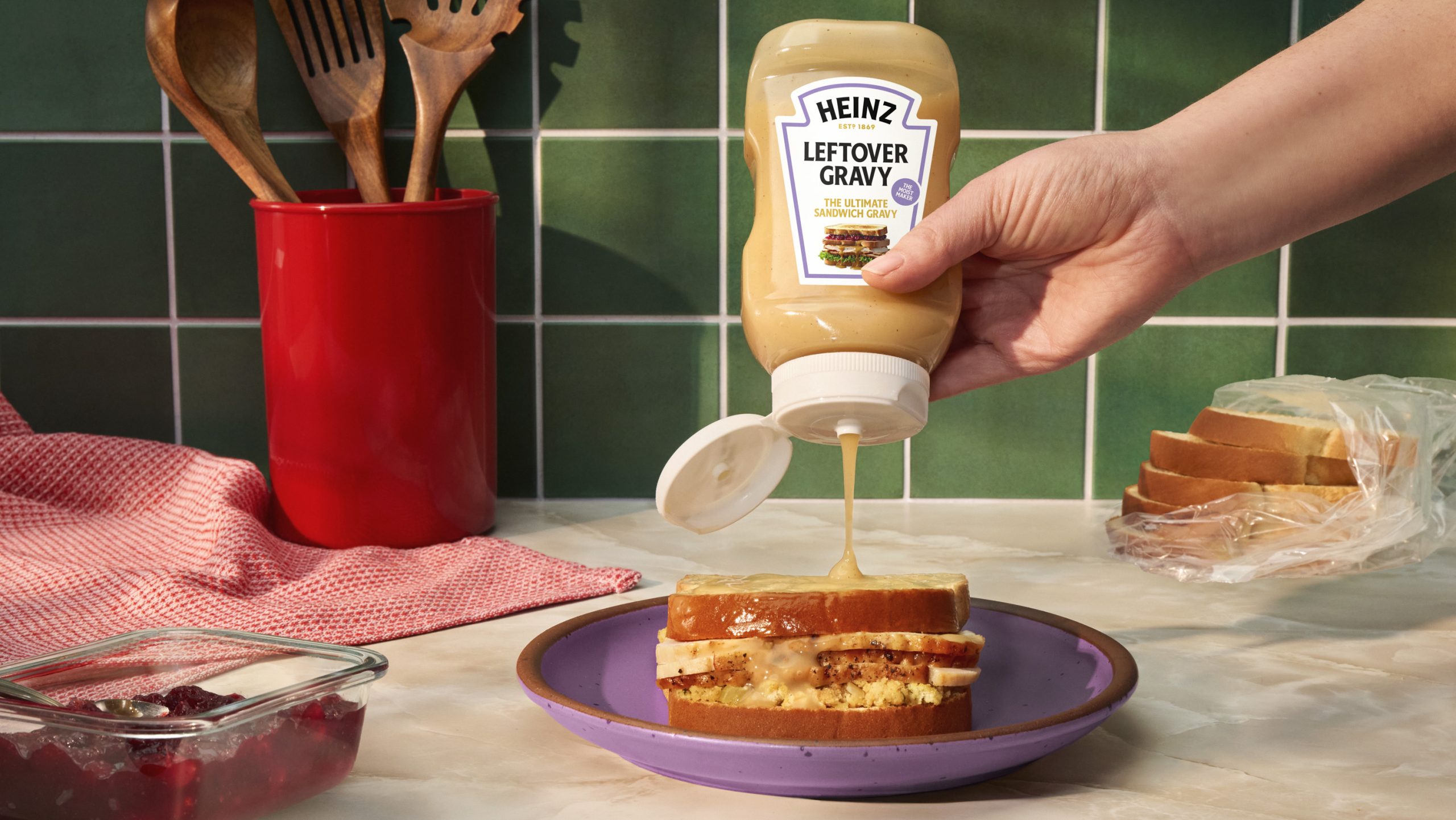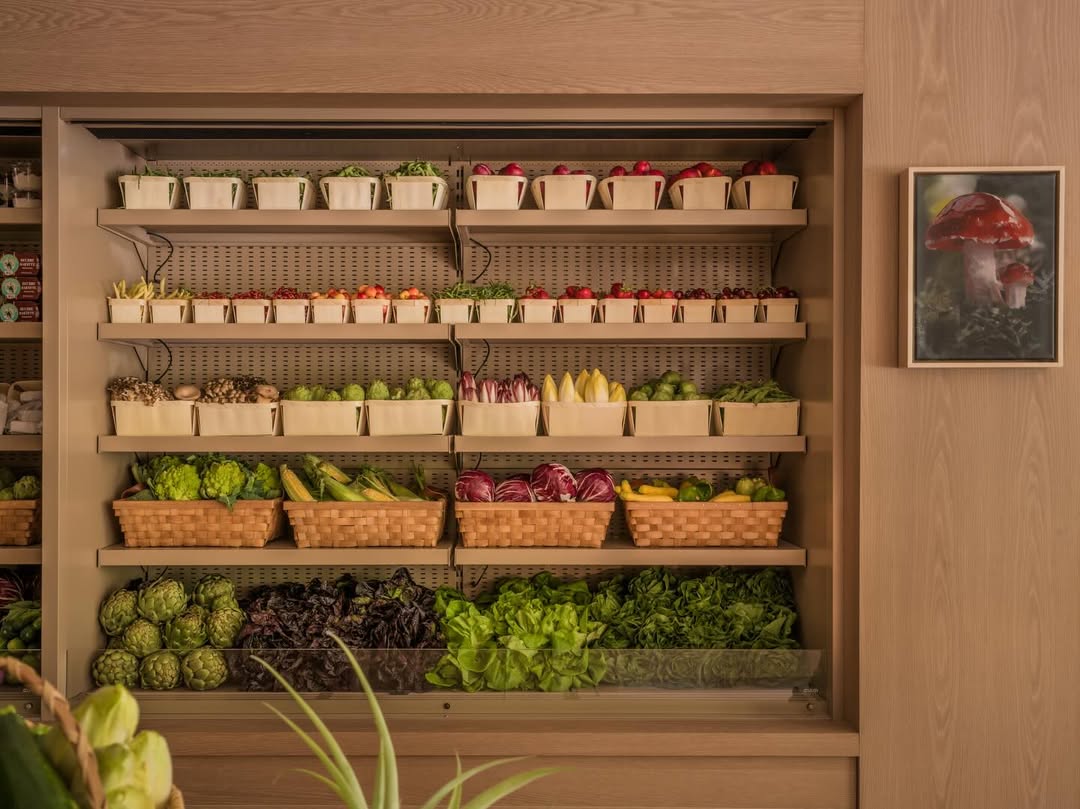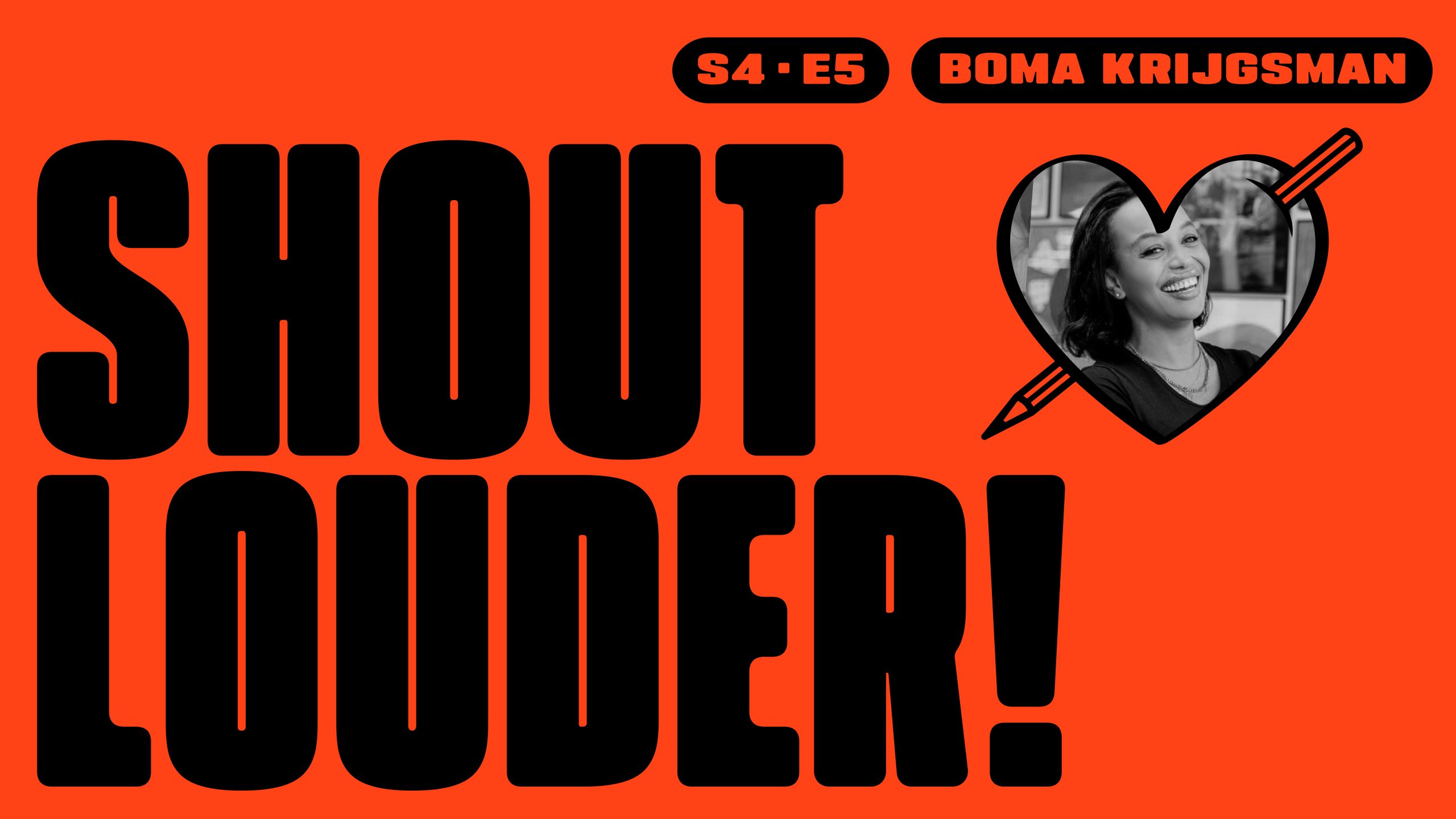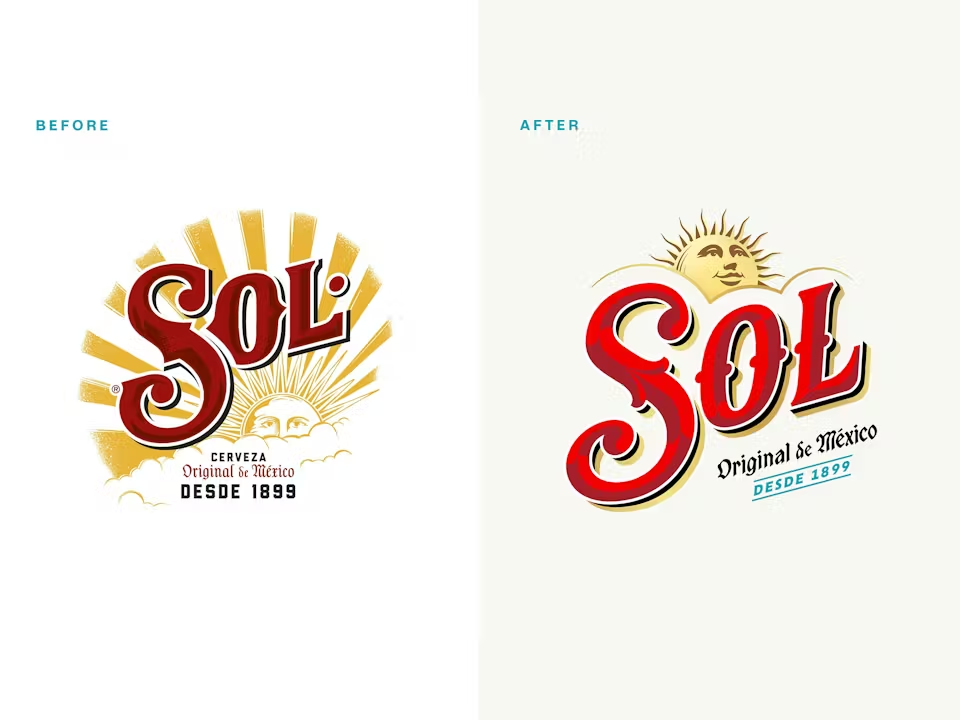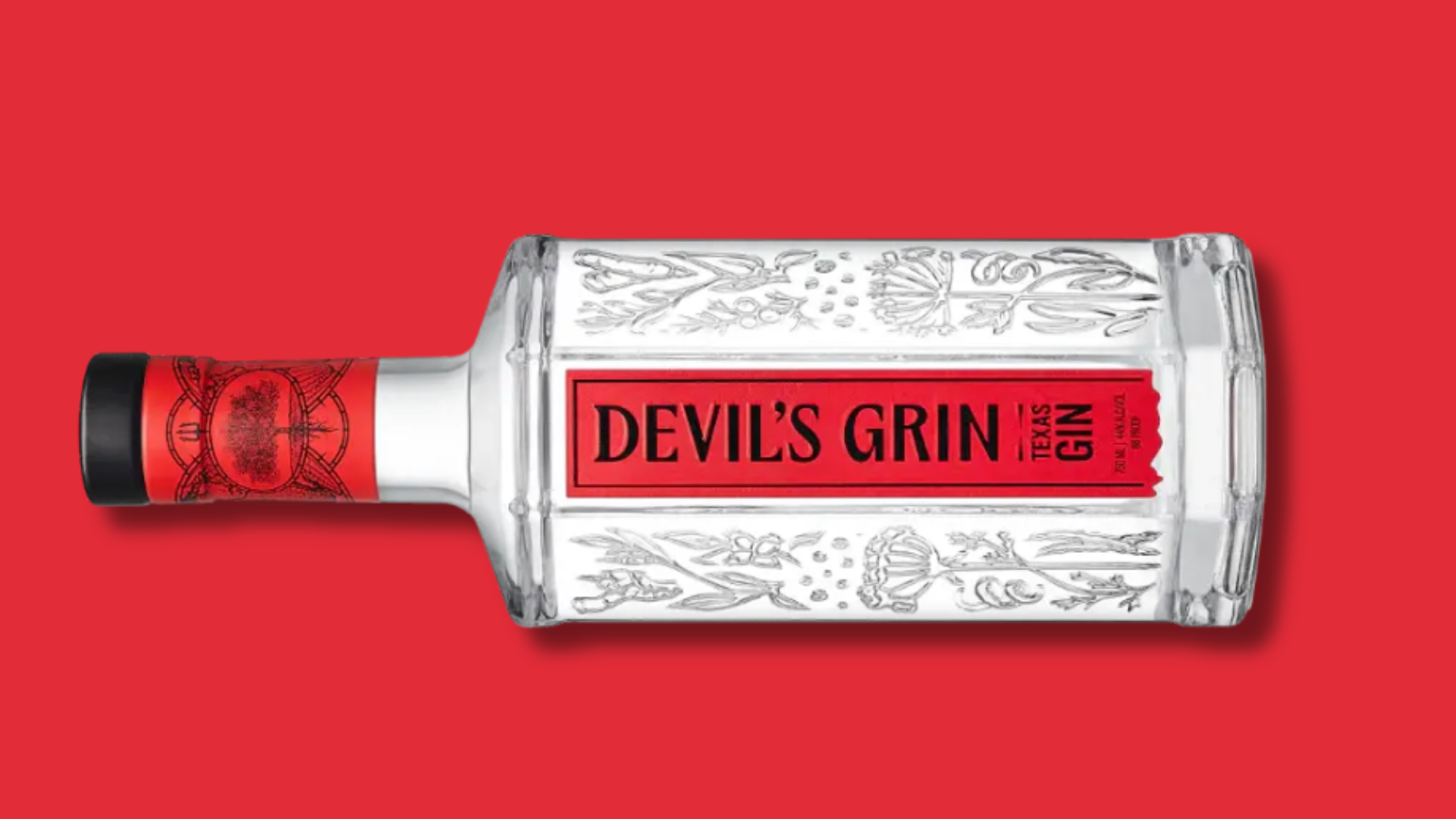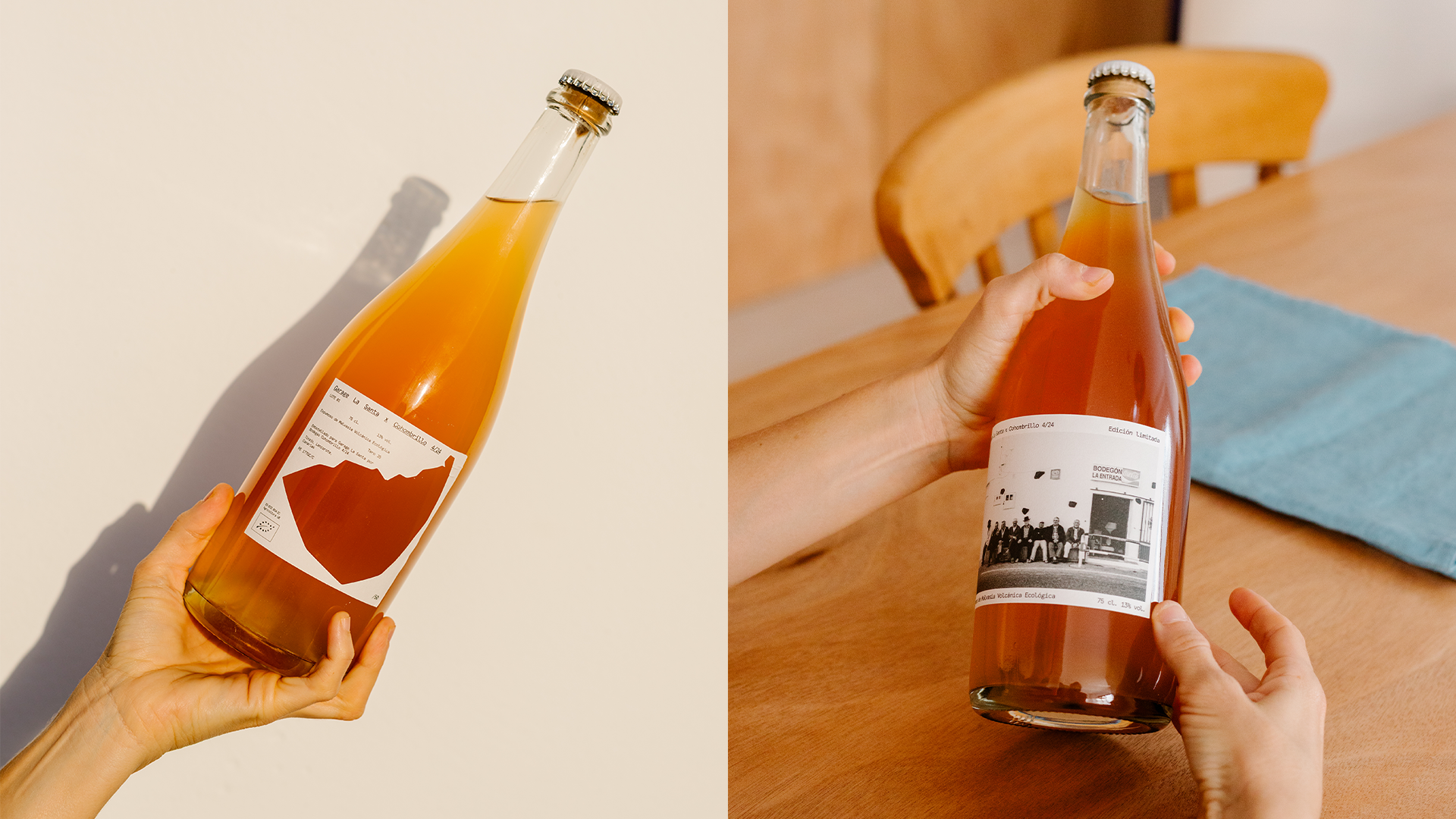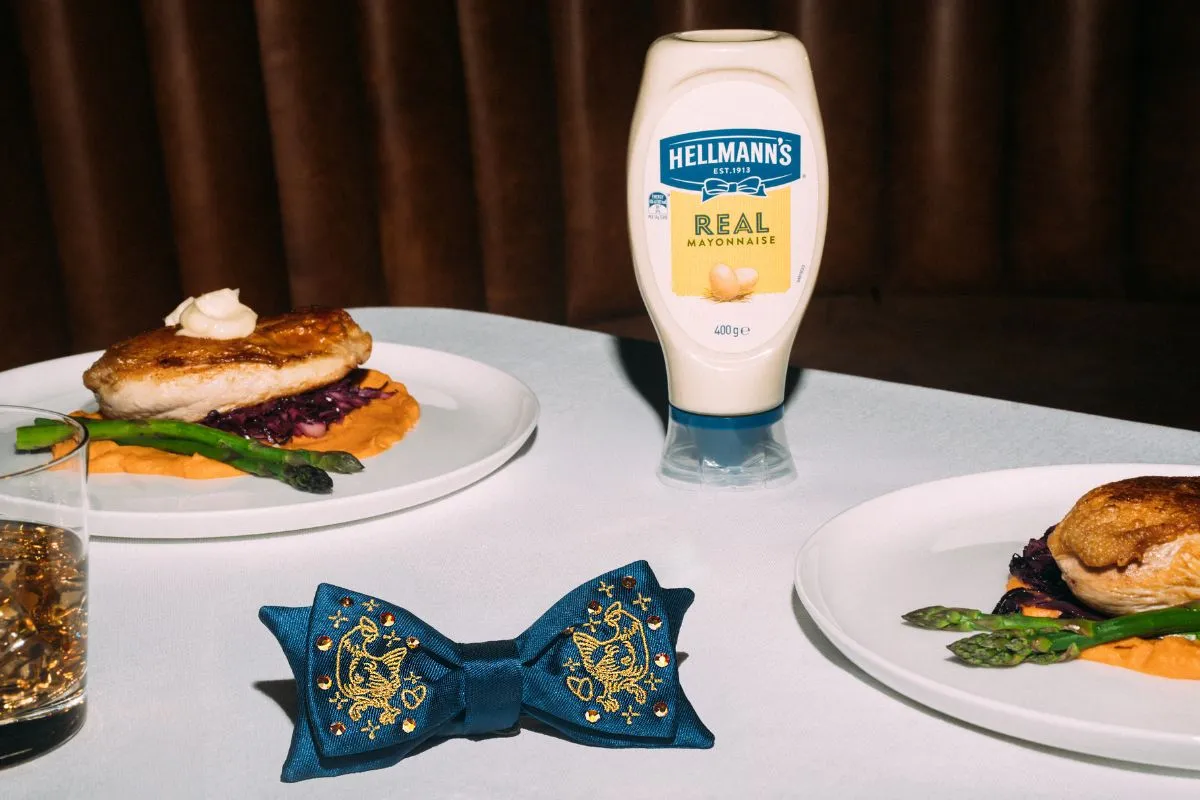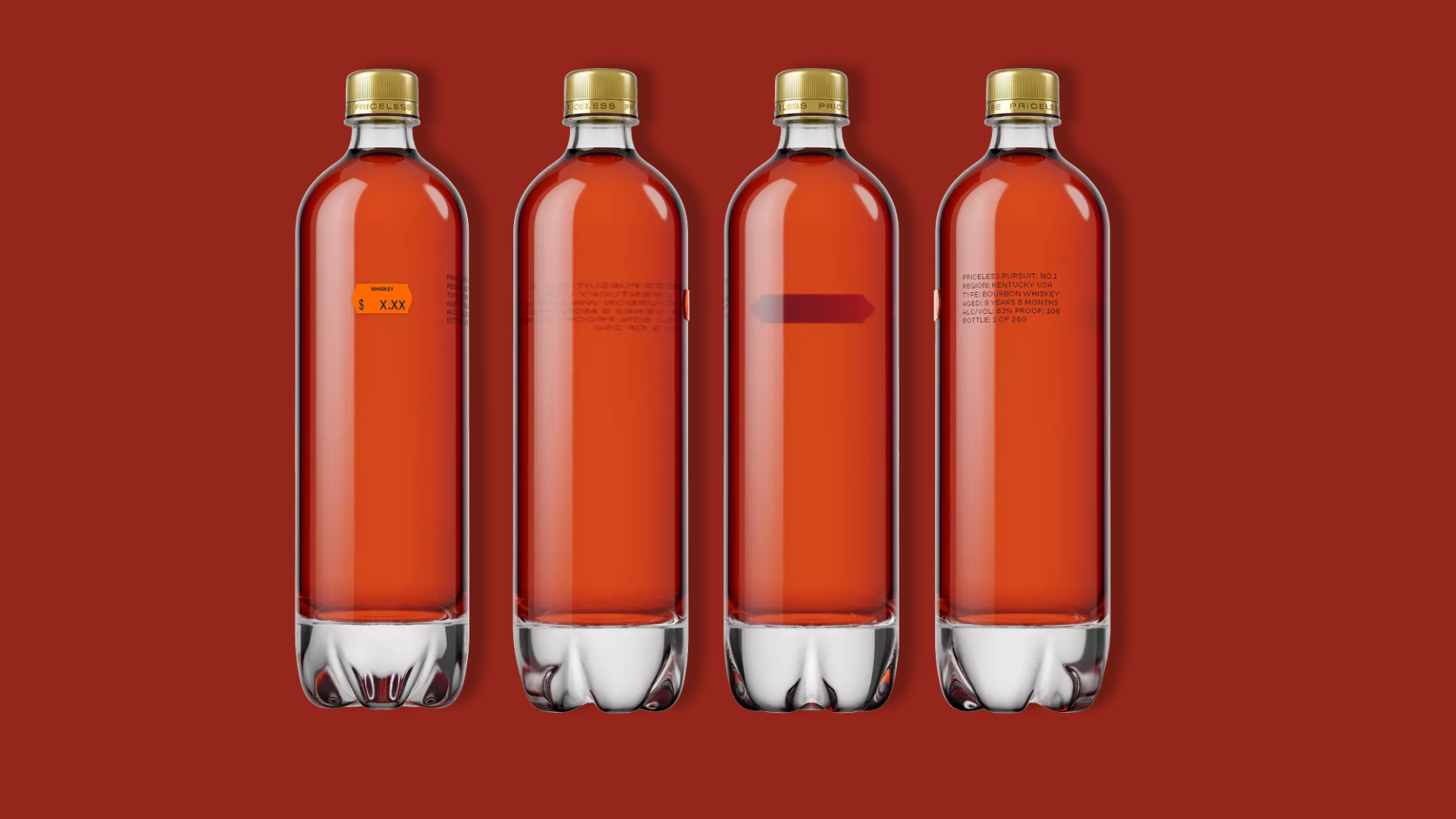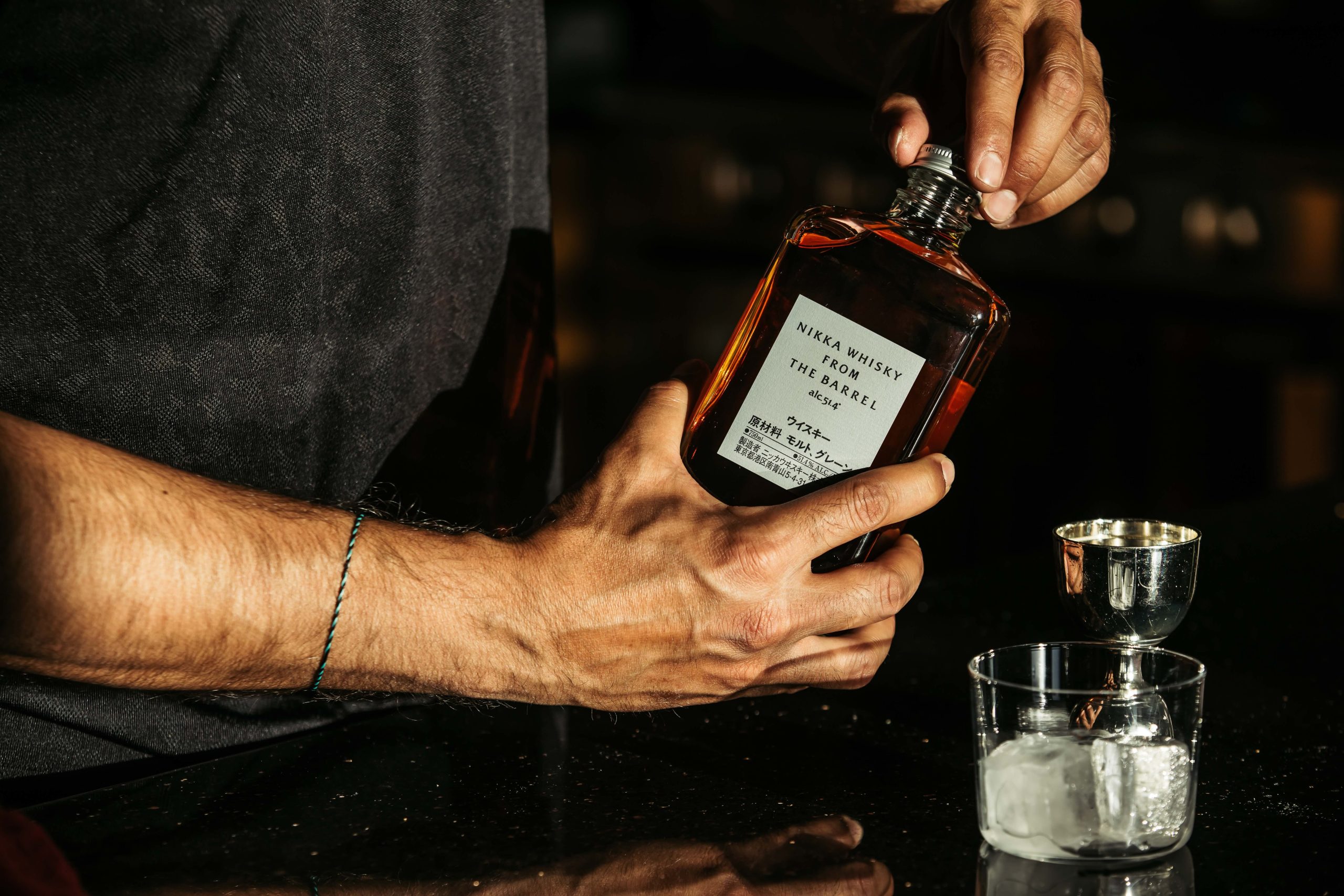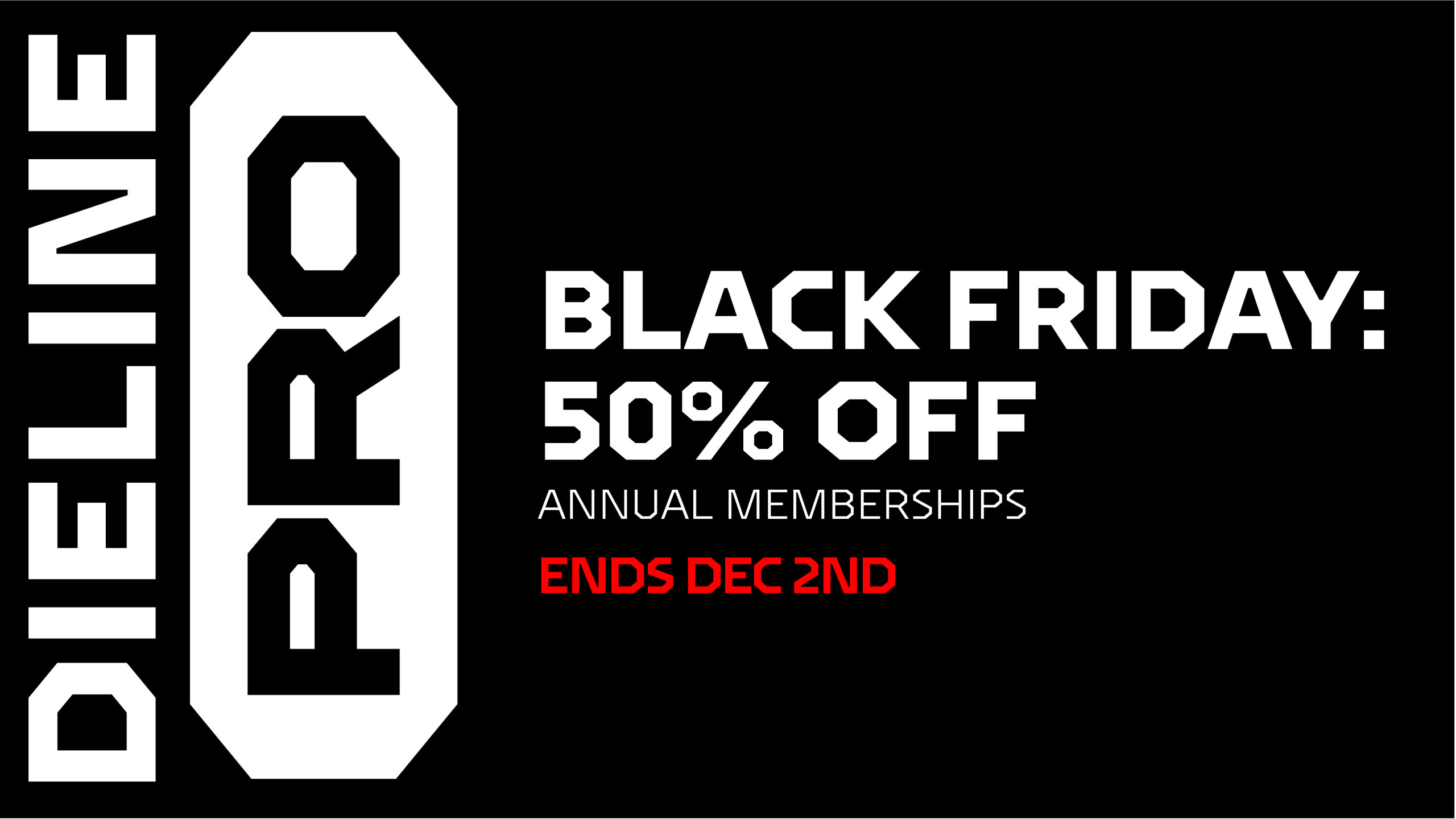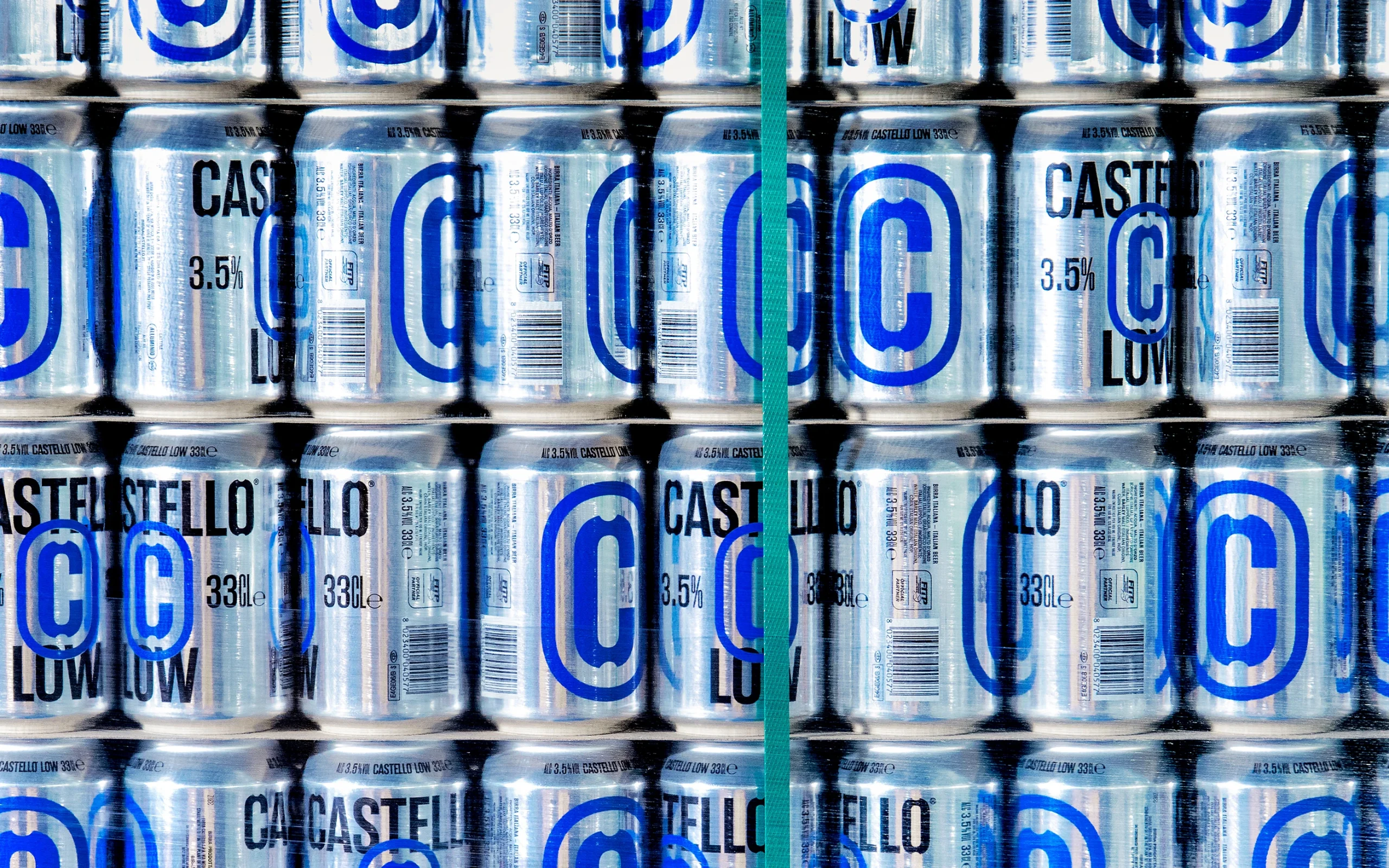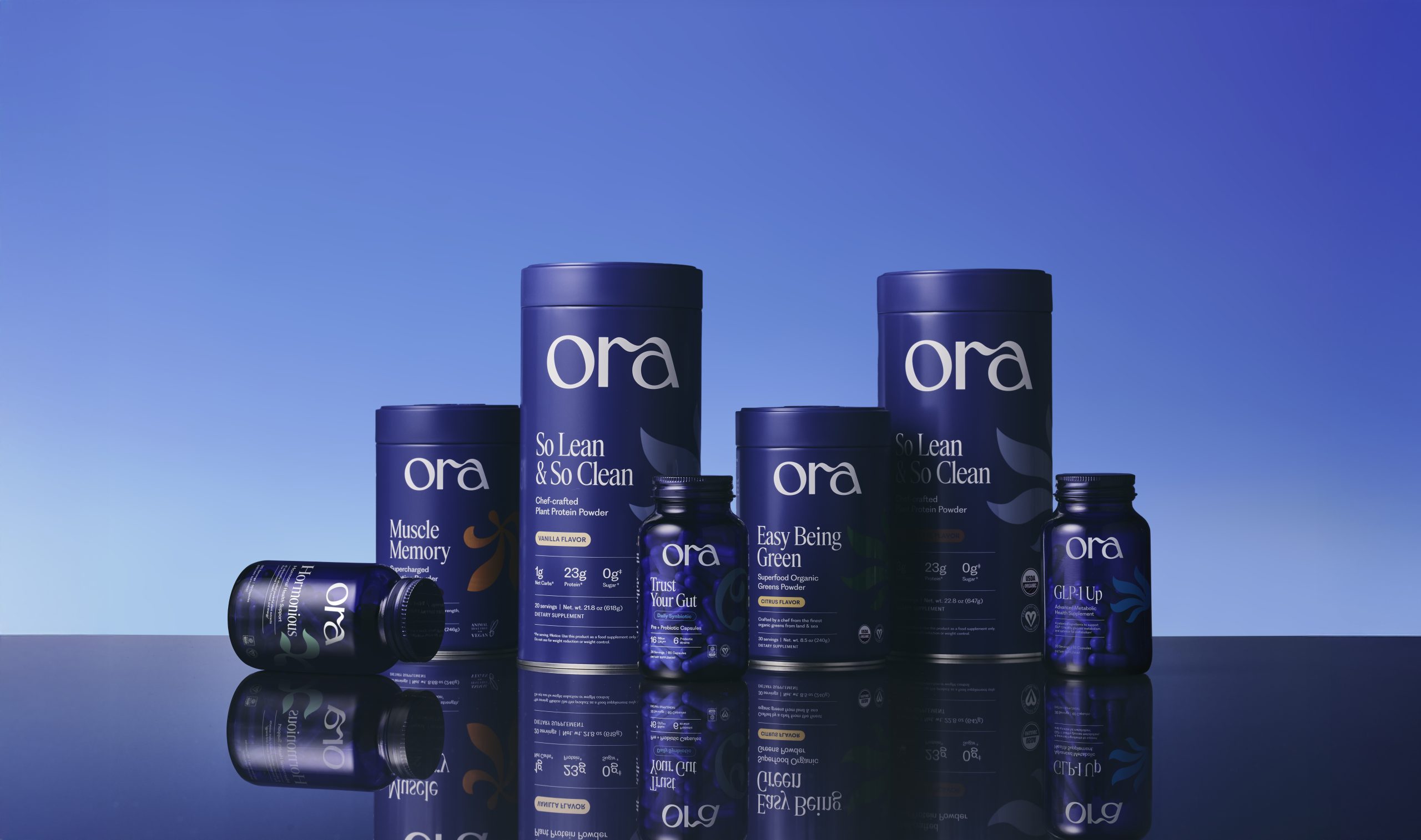The post-war economic boom of the 1950s wasn’t an accident. After decades of economic depression and wartime rationing, consumers were over it. It was time to let loose and live the good life.
A boom in retailers and more accessibility to durable goods was in full swing since the 1890s in America. While consumerism roared through the 20s, by the end of the decade, the speculation and desire-based economic boom had come to a halt as the stock market crashed, sending the global economy into a depression, only to be interrupted by World War II.
In more austere times of the 1930s and 40s, consumers still collected and separated everything from fabric to metal, letting nothing get wasted. Rag pickers and carters would collect unused and worn items to be broken down and sold, and organic waste would get utilized as compost and feed for home gardens and livestock. We designed many goods so they could get fixed, and packaging—like glass bottles—was intended for reuse.


